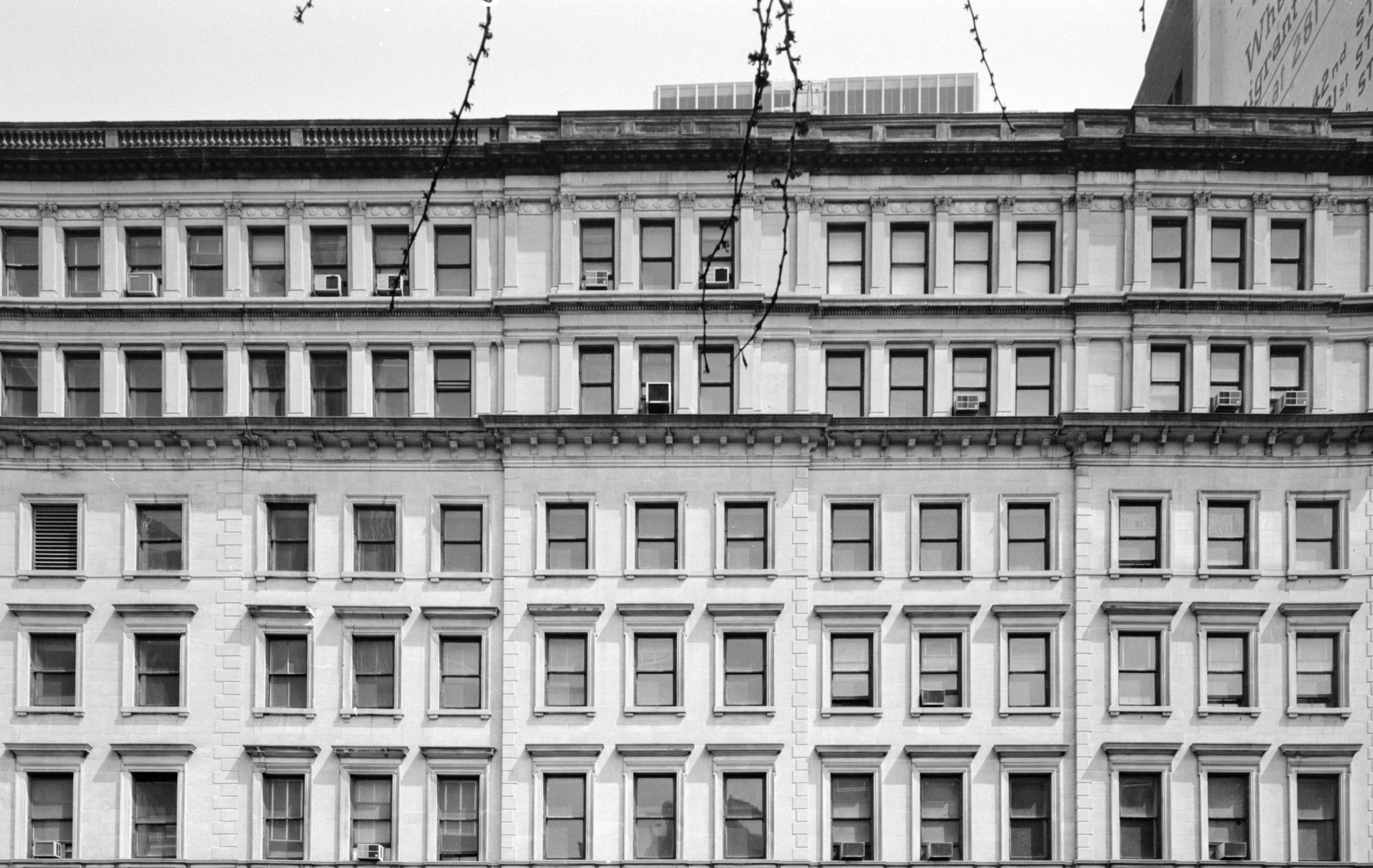Why Beautiful Buildings Are Sustainable

The world is ostensibly concerned about ecological sustainability. In architecture, the issue of sustainability is perhaps more pressing, as buildings mature to “old age” within 50 years. From this perspective, modern skyscrapers are near-complete ecological disasters.
The hundreds of buildings and partial structures erected daily around the world involve incredible amounts of waste, most of which ends up in landfills. In fact, the average construction project is estimated to yield 3.9 pounds of waste per square foot of building area. A demolition produces an astonishing 155 pounds of waste per square foot—much of which is hazardous, including paints, varnishes, and piping layered with chemical pollutants.
Combine this with the fact that the United States is facing a housing crisis that affects hundreds of thousands of people, and it appears we’re dealing with a sailor-tied gordian knot. The pressing question we must answer, then, is how do we cut through it and properly address the ecological destruction wrought by the construction cycle?
One thought: By designing beautiful buildings.
The 19th-century American architect Louis Sullivan coined a phrase that has long influenced design and popular thinking in American classrooms: form follows function. Sullivan and his school meant that buildings ought to be designed primarily with their purpose in mind. In other words, the architect begins his design not with ornaments, Palladio’s Four Books, or Bramante, but by considering how to construct a building that will serve its intended purpose from the onset.
Sullivan is as good a starting point as any because his (and his protégé Frank Lloyd Wright’s) functionalist credo has had an outsized impact on the new buildings erected today. Moreover, the thought that the intended function of a building should or necessarily will dictate the form of the building is a significant contributor to the ecological problems plaguing our cities’ skylines. Often, when a building’s form has outlived the intended function of the architect or investor, it is simply torn down, perpetuating an unsustainable cycle.
And we shouldn’t be surprised by this. There is certainly no aesthetic justification for the various financial district glass-pane shoeboxes—structures the late Sir Roger Scruton described obliquely as “buildings for nomads.” Rarely do we consider re-using and preserving the latest iteration of plexi-and-beam façades when a new, better-functioning building—tailored to another client’s unique aims—can be produced.
Of course, buildings from past centuries have outlived our new constructions, and they do so because Sullivan’s argument is precisely backward. Consider, as an example, much of lower Manhattan. At 280 Broadway sits a seven-story Italianate structure built in 1846. The building is remarkable for its endurance and public recognition (and thereby sustainability). Although it was originally built to serve New York City as a Tribeca department store (the famous A.T. Stewart Dry Goods Store, in fact), it has worn many hats: the neighborhood department store, a warehouse for traded goods, the office of the New York Sun, and now, the home of a municipal government agency (the Department of Buildings).
It is of no moment that the 280 Broadway building was originally constructed to serve as a department store—the original architect could have intended it to be a multi-level morgue for all contemporary building occupants know or care.
The lesson from this small example is one of Sartrean flavor: the beauty of a building predates its function. Those currently utilizing the 280 Broadway building do so not for its original function, but for its beautiful form as a piece of Renaissance revival architecture. Even though it has ceased to fulfill its original function, its aesthetic merit ensures that it will not be demolished.
It is important to point out that beauty is not a mere matter of preference. People have various aesthetic tastes, yes. But while we are able to tolerate a friend or family member who hangs a Kinkade or Warhol in their private homes, we haven’t been able to tolerate public kitsch—so we tear it down. That is, as Agnes Callard would have it, “there is a world of difference between deferring to someone’s freedom to have bad taste and being forced to participate in it.” Our unsustainable cycle of waste is perpetuated by ideals about function—ideals that have forced us all to be participants in others’ bad taste.
To address aesthetic concerns, then, is to address ecological ones—at least insofar as we recognize the sustainable building is also the beautiful one.
Anthony DiMauro is a writer based in New York. His work has appeared in Bloomberg City Lab, Business Insider, and the L.A. Review of Books, among other publications. You can follow him on Twitter @AnthonyMDiMauro. This New Urbanism series is supported by the Richard H. Driehaus Foundation. Follow New Urbs on Twitter for a feed dedicated to TAC’s coverage of cities, urbanism, and place.
Comments